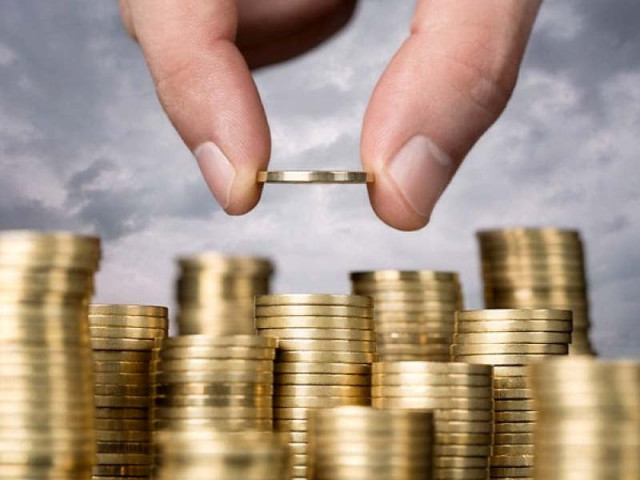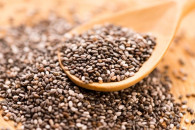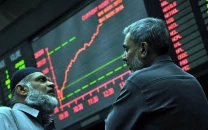Savings, investment targets missed
Former govt failed to resolve chronic issues that lead to external sector crisis

Investments and savings as a percentage of the size of Pakistan’s economy have remained below the official targets in the outgoing fiscal year, affirming that the 6% economic growth rate was fed by imports and consumption.
Like its predecessor, the government of former prime minister Imran Khan could not resolve the two chronic issues of Pakistan’s economy – the low savings and investment ratios that eventually lead to an external sector crisis the moment the country starts growing above 5%.
Against the target of 16% investment to gross domestic product (GDP) ratio set by the last government of Pakistan Tehreek-e-Insaf (PTI), the ratio remained at 15%, according to the initial estimates based on the latest national accounts.
The National Accounts Committee (NAC) approved these estimates a day earlier.
The 15% investment-to-GDP ratio was still the highest in four years but below the level left behind by the government of Pakistan Muslim League-Nawaz (PML-N) in 2018. The ratio was also lower than the regional peers.
Similarly, there was a steep decline in the savings-to-GDP ratio, which dipped to 11.1% in fiscal year 2021-22.
The savings-to-GDP ratio was not only below the official target of 15.3% but it was also lower than the previous year’s level of 14%. The ratio deteriorated due to the worsening of current account deficit.
Yet, with the low ratios of savings and investment, the country registered 6% economic growth, which was largely fueled by imports and consumption.
The World Bank says that with the existing structural issues, Pakistan’s economy cannot grow more than 4% on a sustainable basis. The findings are proved by the results of two fiscal years – 2020-21 and 2021-22 – when Pakistan achieved 5.7% and 6% economic growth respectively.
The finance ministry is now at the doorsteps of the IMF with a request to revive and expand the stalled bailout package.
The PTI government missed the investment-to-GDP target for the fourth successive year.
The national accounts showed that fixed investment slightly improved to 13.4% of GDP but it remained below the target by one percentage point.
Public investment also showed improvement and increased to 3.4% of GDP but it was because of using the original annual budgetary figures of the Public Sector Development Programme (PSDP) that have already been curtailed by almost 45%. The public investment too remained below the official target.
Read With 6% growth rate, Pakistan’s economic size jumps to $383 billion
Private sector investment remained at last year’s level of 10% of GDP, according to details of the national accounts.
Failure to achieve the crucial investment target has limited the government’s ability to spend on the deteriorating infrastructure and social sector from its own resources. Pakistan is spending on development by taking more loans.
The government’s inability to increase investment as a percentage of the total size of national economy is its biggest failure on the economic front, suggesting that the PTI government could not even begin the journey towards addressing structural imbalances.
Pakistan has one of the lowest investment and saving rates in the region and the world, obstructing progress towards the path of sustainable and inclusive economic growth.
Savings that stood at 14% of GDP in the last fiscal year shrank to 11.1%, which was 4.2% of GDP lower than the government’s target.
The savings-to-GDP ratio has been worked out on the assumption that the current account deficit will remain at 3.9% of GDP in the current fiscal year. At the time of the budget, the last PTI government had set the current account deficit target at 0.7% of GDP.
The total size of national economy is now estimated at $387.1 billion for the current fiscal year, up from $348.7 billion a year ago. These figures for investment and savings would be officially published in the Economic Survey of Pakistan 2021-22, likely to be unveiled on June 9 by Finance Minister Miftah Ismail.
According to the Ministry of Planning and Development, the per capita income in dollar terms grew to $1,818 in fiscal year 2021-22. The Ministry of Planning has used the population figure of 227 million for working out the per capita income.
The per capita income is worked out by dividing the total national income by the number of people. At the end of PML-N’s tenure, the per capita income had been recorded at $1,768.
The average exchange rate in fiscal year 2021-22 was Rs173, down from Rs159.75 to a dollar, according to the PBS figures. The exchange rate on Thursday dropped to the lowest level of Rs200 to a dollar, thanks to the wrong economic policies of the PTI and delay in making timely decisions by the new coalition government.
Published in The Express Tribune, May 20th, 2022.
Like Business on Facebook, follow @TribuneBiz on Twitter to stay informed and join in the conversation.



















COMMENTS
Comments are moderated and generally will be posted if they are on-topic and not abusive.
For more information, please see our Comments FAQ